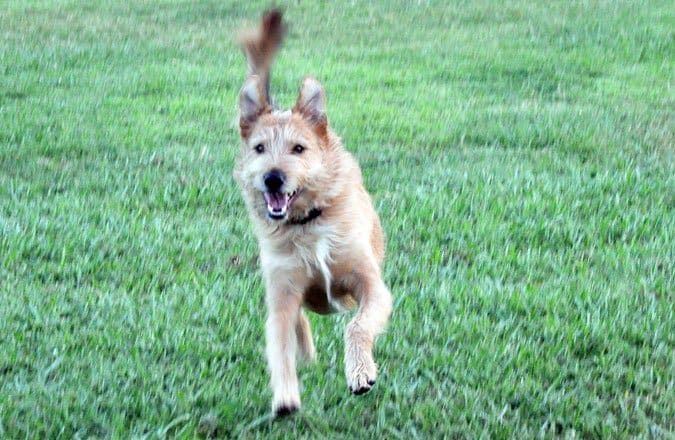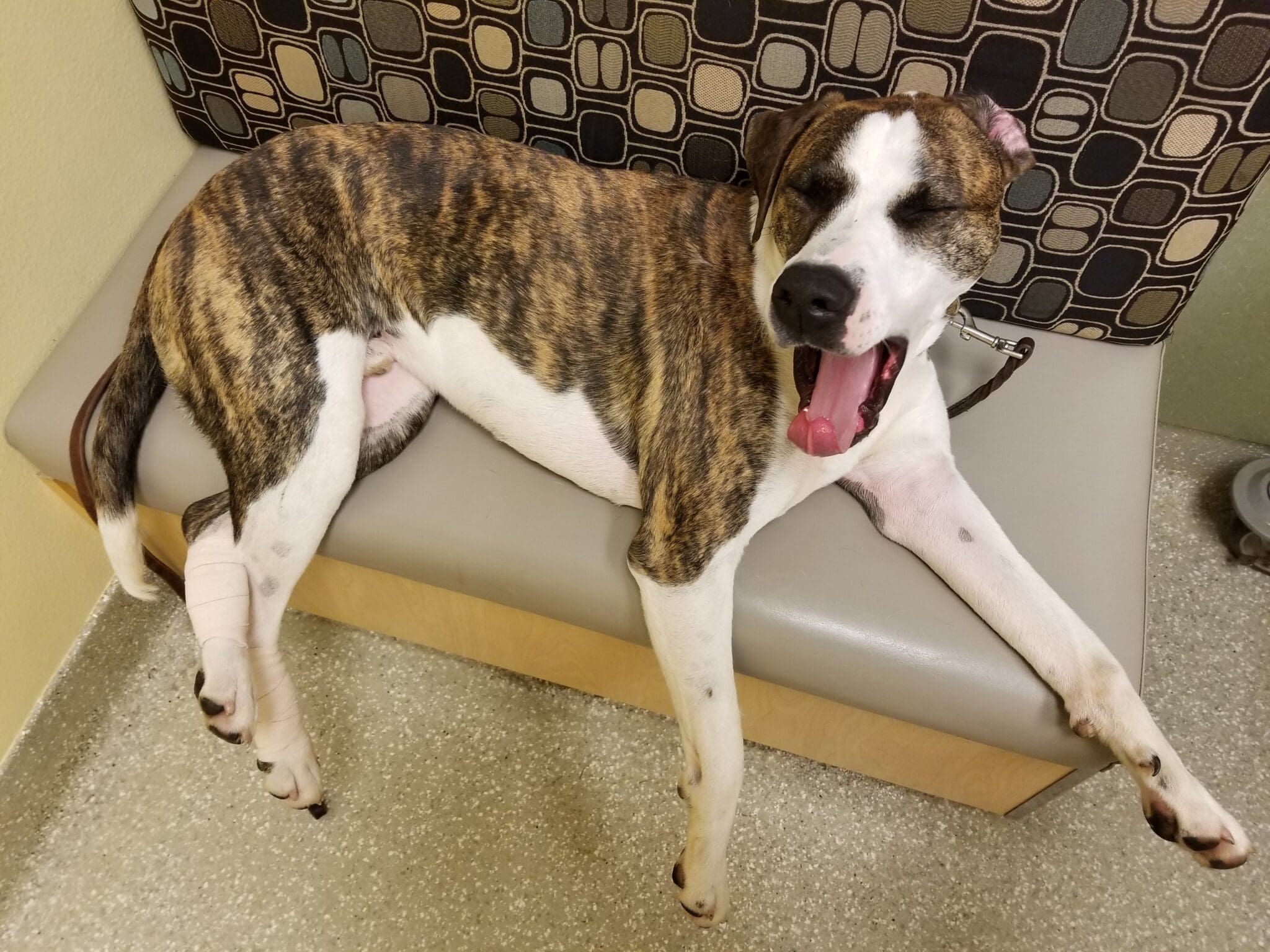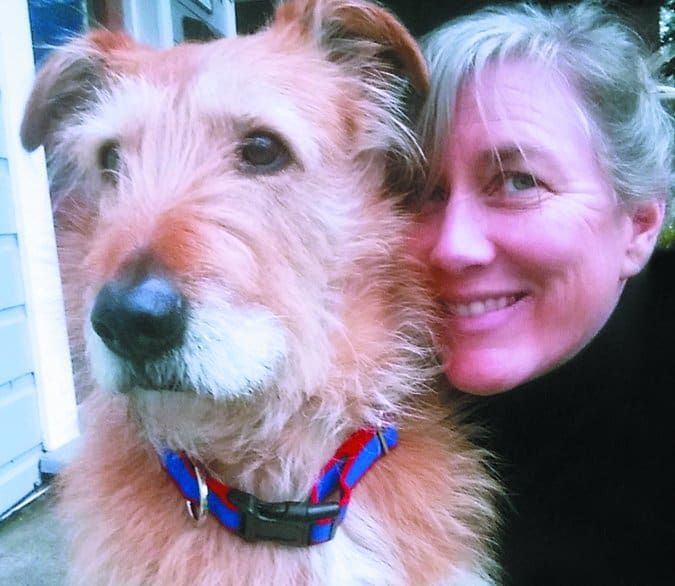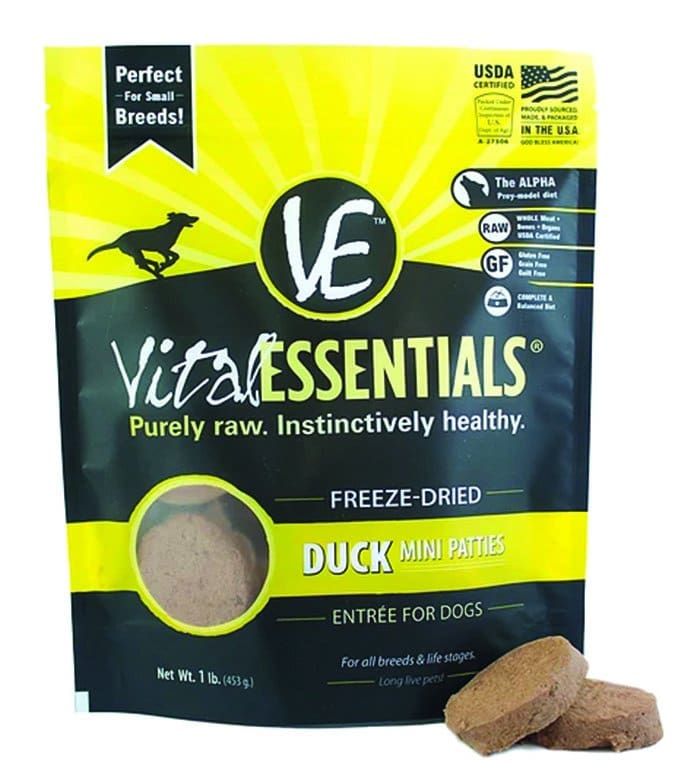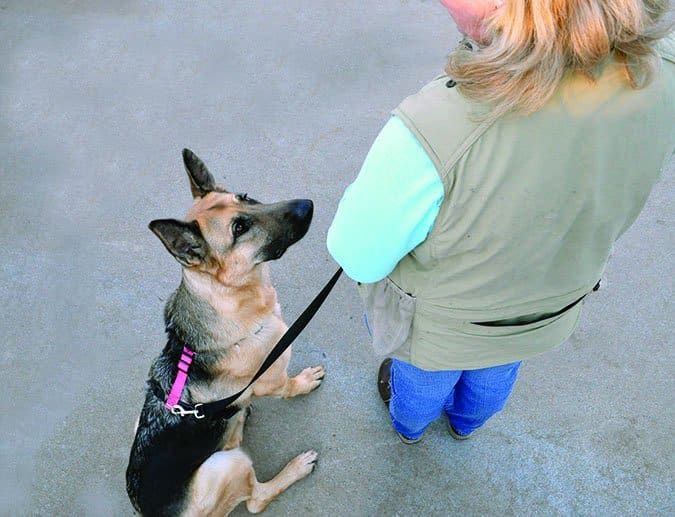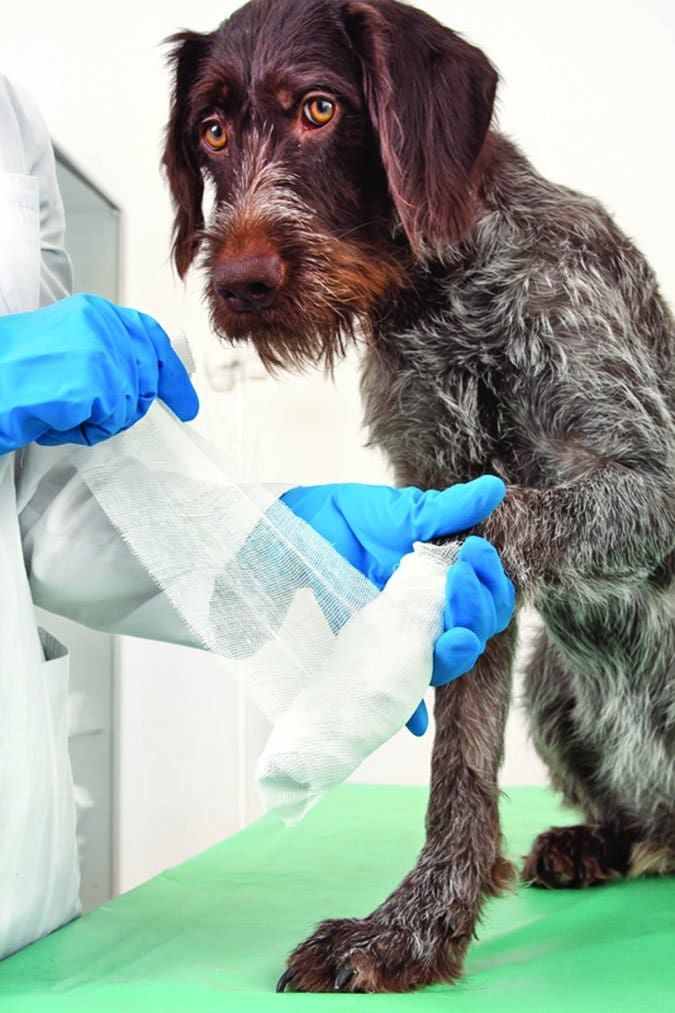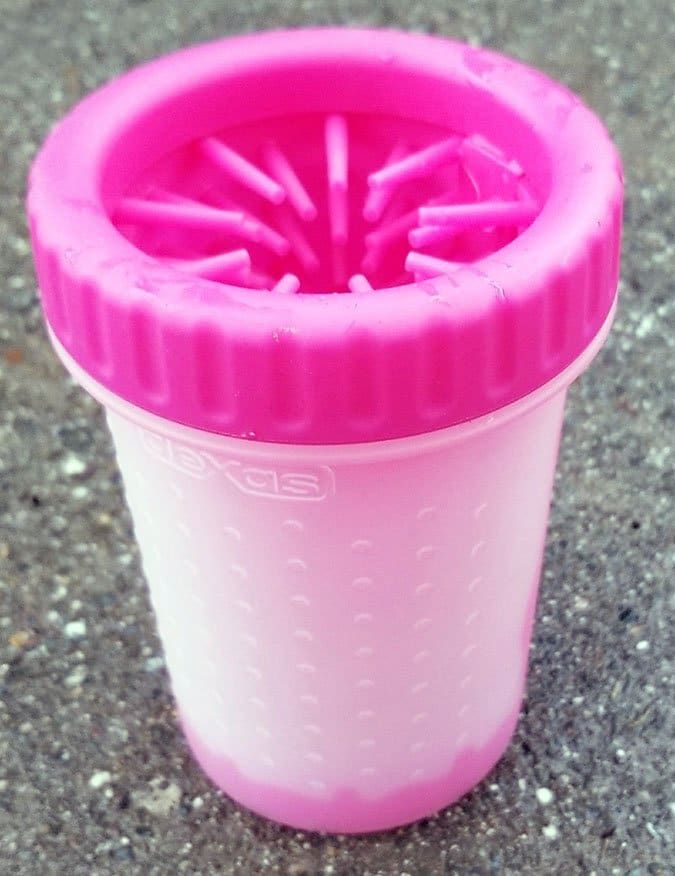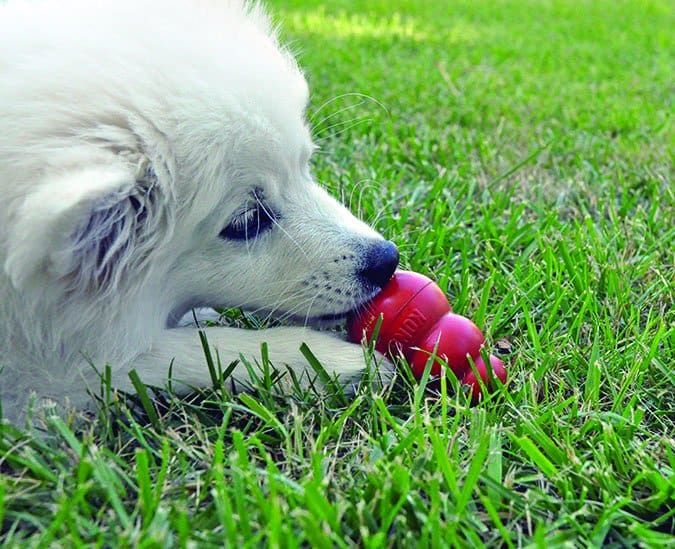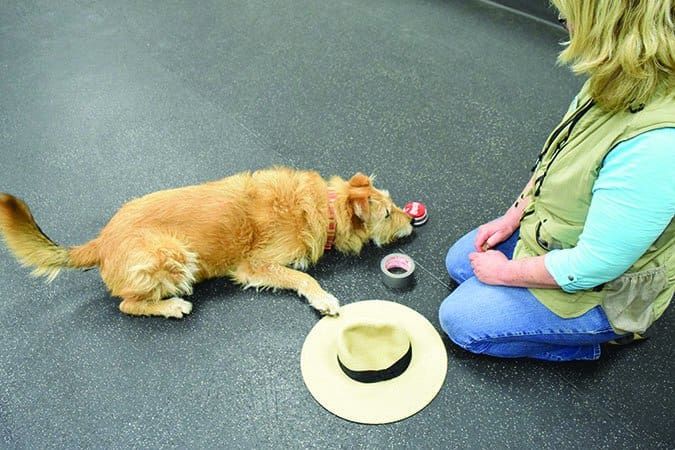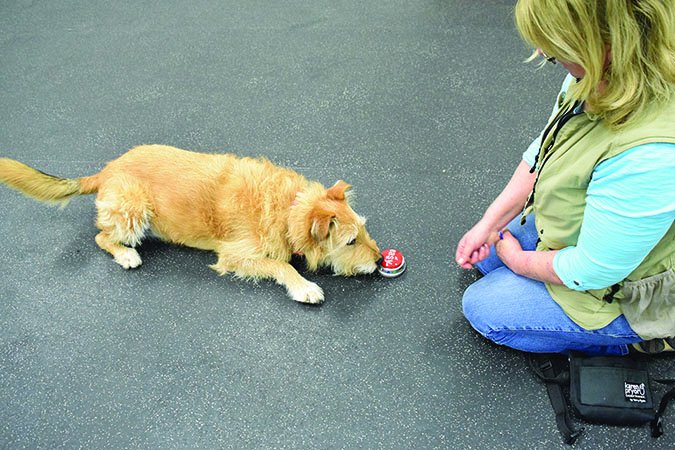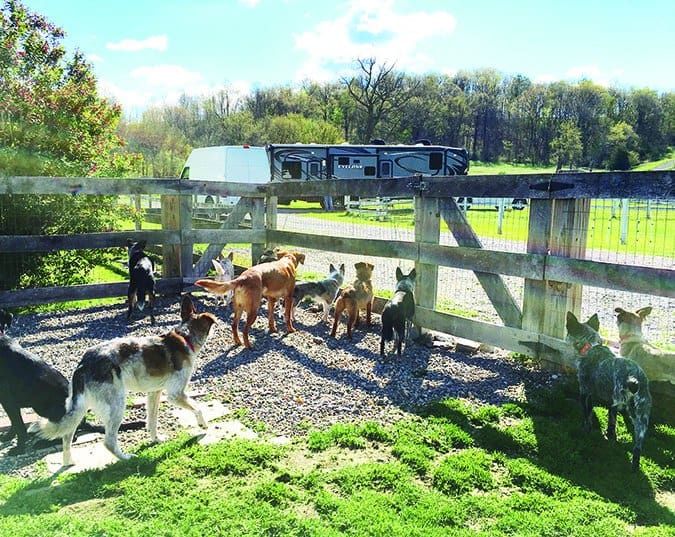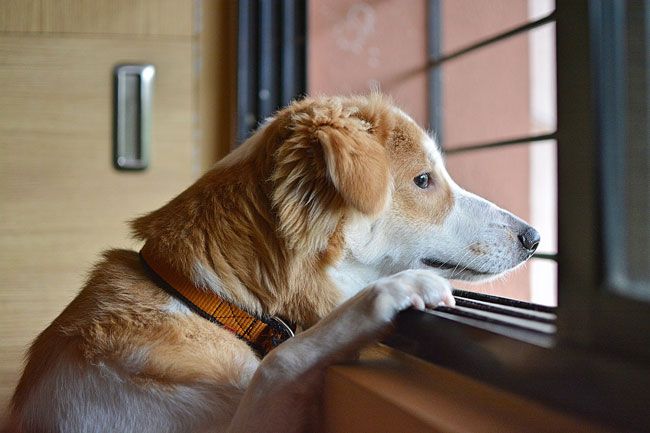In the April issue of WDJ, I wrote an editorial about an exchange I had with a trainer friend regarding the word “biddable,” which a breeder had used in conversation with her about dogs from the breeder’s kennel. Both my trainer friend and I were not used to hearing that word used to describe dogs, but apparently, we are in the minority.
I received a number of very thoughtful responses to the editorial, and have learned something from each. Because they would take up a lot of space in the magazine itself if I ran them as “letters to the editor,” I’m going to post a few of them here, with the writers’ permission.

You can read the editorial here.
The following letter is from Jeff Swackhamer, owner of Orion Labradors in Frankfort, Indiana:
Your Editor’s Note in the April edition of WDJ was very thought-provoking. It was the first time I’d ever heard of anyone who considered the term biddable an undesirable trait in a dog! What’s the difference between the meaning of the words biddable and trainable? I have to wonder if people from different niches of the dog world use a different vocabulary to convey similar concepts or do we have distinctly different points of view? I also wonder if it’s possible to accurately describe canine behavioral attributes in a single word or even in a simple phrase.
Before I address these questions, I’d like to briefly share some personal background information to help you understand my perspective. I purchased my first Labrador retriever in 1986 and started my breeding program in 1994. I’m currently working with the fifth generation descending from my original foundation stock. I raise field-bred Labs, but I strive to produce dogs that conform to the breed standard as written. My goal is to produce healthy, intelligent, physically sound, mentally stable, competent working retrievers who exhibit the traits that define the breed.
Breeding and training hunting retrievers can present many challenges. Nearly every popular retriever-training program comes from field trial trainers. They rely on e-collars and aversive training methods to teach the skills required for a retriever to perform at a competitive level. Aversive training techniques are customary in retriever training because of the high levels of distractions and the necessity of controlling a dog who may be working a long distance away from his handler. For example, a well-trained retriever must sit quietly and patiently until he is sent to retrieve a bird, even while hunters are shooting and birds are falling in front of him. Hunting retrievers also perform blind retrieves to recover birds they didn’t see fall. This requires the dog to run in the direction indicated by his handler, sit when the whistle is blown, and follow hand casts that direct him to the unseen bird which may be several hundred yards away. Labradors bred for field trial competition tend to be intelligent dogs who are highly driven to retrieve and capable of working through the demands of intense training. Dogs from this gene pool are often “too much dog” for the average person who just wants a calm capable hunting companion and pet.
I don’t follow the widespread practice of training retrievers with an e-collar. I prefer to use positive reinforcement to ingrain desirable behaviors in my puppies and young dogs while they’re learning the ways of the world. One my goals as a breeder is to produce dogs whose natural desire and determination to retrieve is tempered by a genetic predisposition to be cooperative and compliant. Some people may describe such a dog as biddable. This trait, however you describe it, helps to minimize the need for force in training a hunting retriever. With all due respect to Dictionary.com, I don’t think a biddable dog is necessarily “meek” or “submissive”. My dogs are intelligent, bold, outgoing, very driven to find and retrieve birds, yet willing to be team players.
Breeders probably see the world through a different prism than trainers. When an issue arises with a dog’s behavior, trainers try to resolve the issue through training, while a breeder considers how they can breed a dog who doesn’t demonstrate the undesirable behavior. As a breeder I strive to produce dogs who are easy to live with and who take naturally to their work with minimal training, while trainers tend to thrive on training challenges. Approximately half of my puppies go to non-hunting homes. Their owners usually aren’t experienced dog trainers. A smart, attentive, naturally compliant dog is much more likely to satisfy their needs with minimal stress for the owners or the dog.
It’s understandable that people from different wavelengths of the canine spectrum have different goals and use a different vocabulary. Nancy listed a few synonyms for the word biddable in her column to help define the meaning of the word, but I wonder if the dictionary definition translates well to the meaning the breeder intended to convey to her trainer friend. I think it might be useful to consider the antonyms of biddable to help us understand its meaning. According to the Merriam-Webster Thesaurus, when a breeder says their dogs are biddable, instead of implying they are meek or submissive, they may be saying their dogs are NOT any of the following things:
Antonyms of biddable: balky, contrary, defiant, disobedient, froward, incompliant, insubordinate, intractable, noncompliant, obstreperous, rebel, rebellious, recalcitrant, refractory, restive, unamenable, ungovernable, unruly, untoward, wayward, or willful.
Near Antonyms of biddable: insurgent, mutinous, dogged, hardheaded, headstrong, mulish, obdurate, obstinate, peevish, pigheaded, self-willed, stubborn, unyielding, uncontrollable, unmanageable, wild, perverse, resistant, disorderly, errant, misbehaving, mischievous, naughty, ill-bred, undisciplined, dissident, nonconformist, disrespectful, ill-mannered, impolite, impudent, insolent, or rude.

Since Nancy and her friend agree that biddable is absolutely not a trait they look for in a dog, I challenge them to select the behavioral characteristics they value from these antonyms, which describe personality traits which are the antithesis of biddable. Are these traits useful to describe their ideal dog? It’s not a very enticing list of attributes to choose from, is it? Maybe a dog who is the opposite of biddable isn’t exactly what they want either!
I’d like to close with an interesting twist. While I was looking up the word biddable in Merriam-Webster’s Thesaurus I found a much longer list of synonyms than Nancy listed in her editorial. As I read down the list of words related to biddable I had to smile when I discovered the word trainable. Maybe Nancy’s friend and the breeder weren’t as far apart as she thought! It’s just a matter of semantics!
The following letter is from WDJ subscriber Rebecca Barkhorn:
I love your Editor’s Note and read it in every WDJ that arrives. However, I have to say something about your latest, Bidding War.
I have been involved in dog sports and dog training, most especially agility, for the last 20 years. The breeder DID NOT mean the dictionary definition and I would imagine that you and your friend would have realized that. The word biddable is used all the time to describe a dog who wants to work with his partner/trainer. There is no connotation of passivity, docility, submissiveness, etc.
I have a dynamite dog for agility because he is fast, smart, loves the excitement, and loves to work with me. And the only thing dog people mean by biddable is the enjoyment of working with the human partner. While I can’t speak for everyone, however everyone that I know wants a dog who is smart, creative, ingenious, curious, interested in what is around him or her. I am a dog trainer who of course is interested in dog behavior because that is what allows me to understand the best ways to train or communicate. So, please don’t think that dog people who use the word biddable mean the dictionary definition!
Here is one more letter on the topic, from WDJ scubscriber Sallie Ehrlich:
The definition of the word biddable used in the April 2018 WDJ did not do you any favors. Maybe a better definition, and a usage popular historically, is “willing to do what is asked” (this comes from an older version of Webster’s than that available online). And in this sense it takes teaching and training to the next level.

For example: You taught Otto what the word “come” means. Then you reinforced his learning of the phrase by pairing it with treats in the woods for what you hoped would become a solid long-distance recall. This second step is training, simple mass repetition/reward. But at some point Otto gets to decide if he wants to return to you for a treat or to continue on chasing that squirrel …his decision to return to your side indicates his level of biddability. He chooses to comply, and does so happily and with elan. That is a good definition of the word biddable. Your friend’s comment that she wanted a dog that was “smart, motivated to work with her, one who values rewards that she could deliver, and willing to experiment….” exactly defines the term biddable.
We chose a Brittany for many, many reasons, first their huntability and second their “sweet and biddable temperament,” something the breed is known for. Then other things like size, coat and grooming needs, health list, trainability, energy levels etc., came into play. But the most important thing to us was their temperament. Why? We’d had dogs who didn’t get along… with people, dogs, cats, shadows, whatever. We’d had a dog that bit. We’d had a dog that would not let us touch him. We needed a hunting companion that would hunt anything and let me dig junk out of her coat and feet, that would get along with our cats and parrots and company and friends and other dogs, that would fit in our condensed city living spaces and so on. I have talked to a lot of Brittany owners and trust me, not a single one would ever describe their dog as docile, acquiescent, complaisant, dutiful, or submissive. Quite the contrary. Britts are one of the liveliest breeds, brilliant intuitive hunters and have happy goofy senses of humor which they display virtually non-stop. These dogs are smart, highly interactive, great team players… and very charmingly biddable.
To answer your posted question (what traits do WDJ readers look for in a dog?): When we selected our puppy we had three to choose from. One never even acknowledged we were in the room so that narrowed it down to two. Both remaining girls were lively, interested, engaging, curious, spunky… all the things you look for. So I played a lot with each and repeatedly gently turned them on their backs in my lap and played with their feet and tummies. Over time, one started to nip and grumble when she got turned over, the other eventually fell asleep while I played with her feet. The second pup is the one we brought home. We chose a breed we felt suited to our needs and situation. We chose a breeder with strong hunt lines for our hunting requirements. We picked our puppy so I could dig burrs and stickers out of her paws while we hunt.
One final word (and thank you if you read this far)… not everyone wants a dog that can out-think them on a daily basis. Personally, I enjoy the challenge of trying to have the last word with my charming and independent little rascal. But I also really enjoy when she realizes that the rat is really no longer in the avocado tree, and Mama is tired, and that bed-time squeaky toy sure sounds like fun… and RUNS into the house at night when I whistle. (Did I mention Brittanys are slow to mature? It has taken 3.5 patient years to get that recall.)
Thanks for your publication. I read every word every month.
My thanks to everyone who wrote to me on this topic. I hope everyone who reads them enjoys them and learns as much from them as I did.


